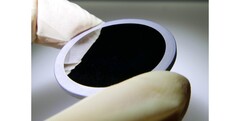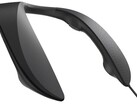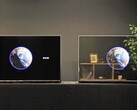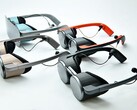Next-gen cars have already become black holes of computer components, as they almost inevitably grow more and more tech-heavy and automated over time. However, companies like Panasonic intimate that all this is for nothing without the profusion of cameras necessary to make their driving as precise and safe as possible.
Furthermore, the OEM indicates that these sensors are best off with lenses made of chalcogenide glass, which supports the far-infrared specs it recommends for the most effective object-recognition and response necessary for autonomous driving. Unfortunately, this glass is perceived as harder to mold, more susceptible to damage and, above all, more expensive compared to "conventional, low-silicon" glass.
However, Panasonic asserts that it has solved this problem by inventing the "world's first" integrated-frame lens for far-infrared sensors. Not only is this manufacturing technique rated to avoid chalcogenide glass defects in working with it, it also skips the steps involving sticking the glass in question to its frame, as the two parts effectively become one in this new design.
Despite this, Panasonic insists that its new kind of lens remains "highly hermetic", losing less than 1x10-9 pascals per meter cubed per second (Pa/m3/sec) in a helium leak test, thereby effectively sealing an underlying sensor by default. This, apparently, also helps the sensor's IR transmittance.
However, and more crucially, Panasonic claims that lens production will get cheaper thanks to this breakthrough, which might help with the cost of new vehicles in the future in turn. Currently, the OEM makes the new kind of frame-integrated lens in aspherical form, but projects that the process is also suitable to make their diffractive counterparts.
Panasonic also pitches these new "high-performance and low-cost" lenses at other relevant use-cases such as industrial-grade thermal imaging, and expects to start shipping them "soon".

















